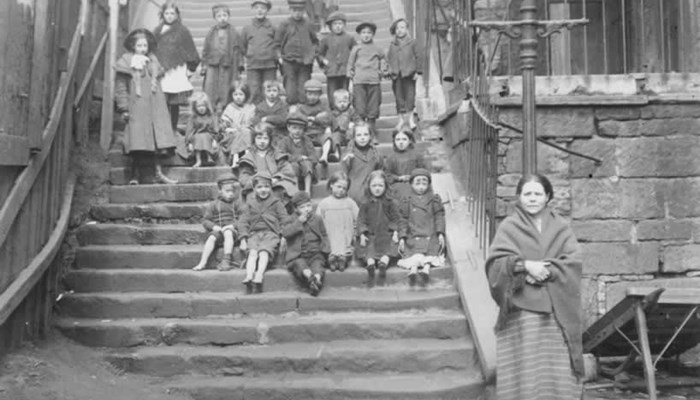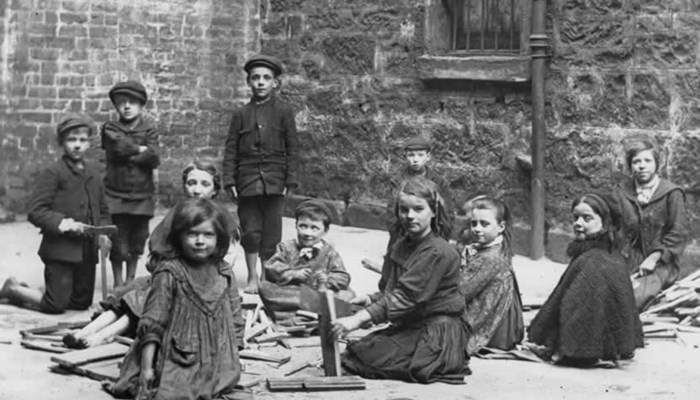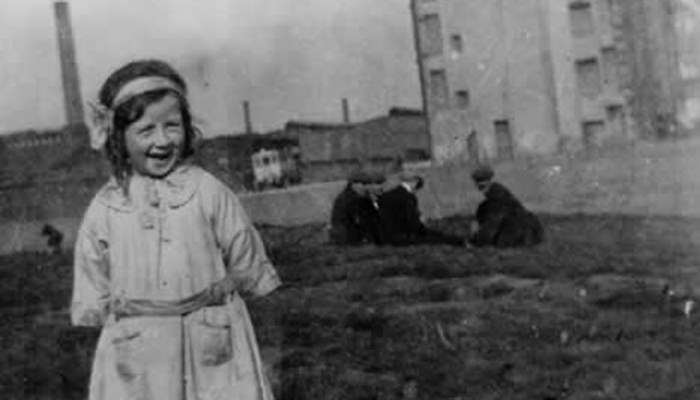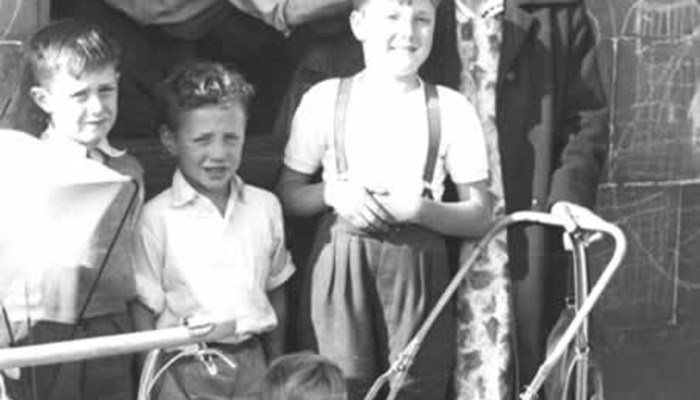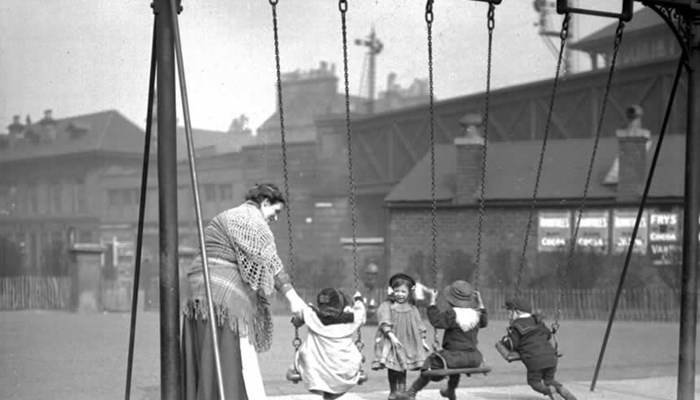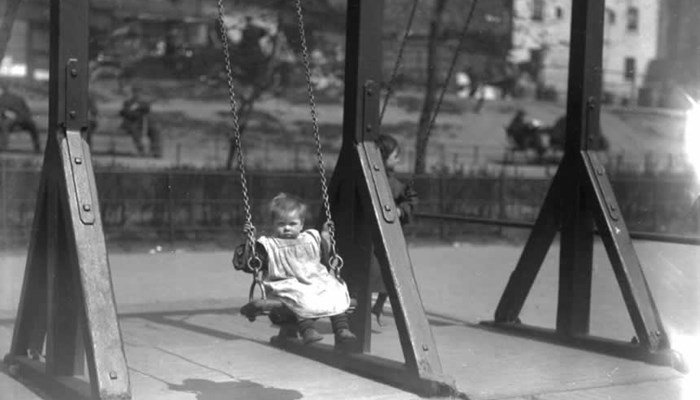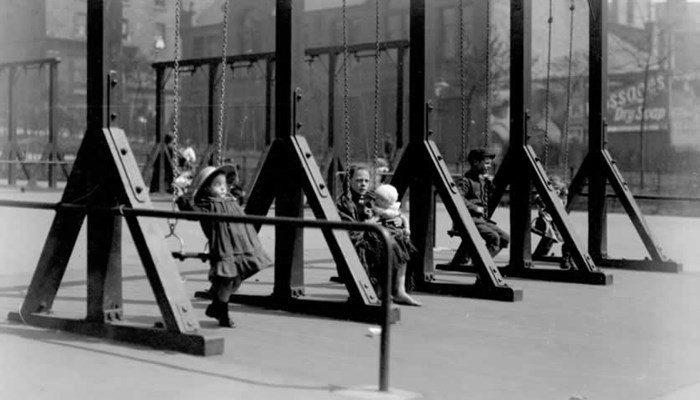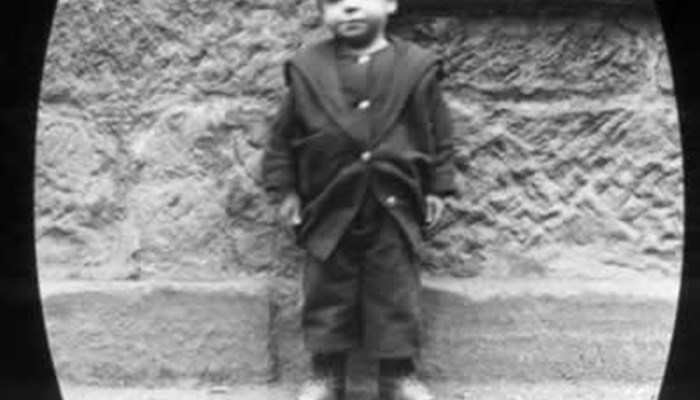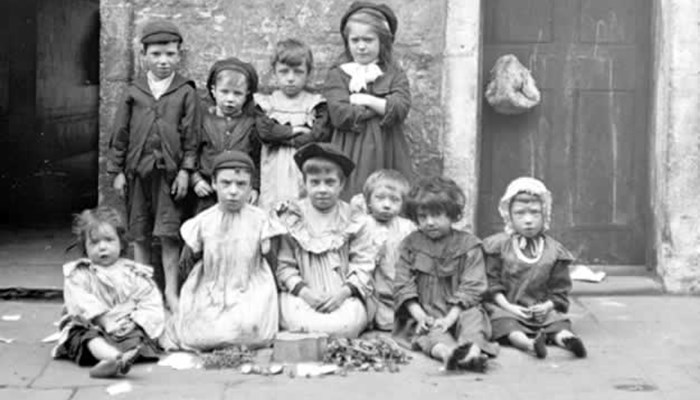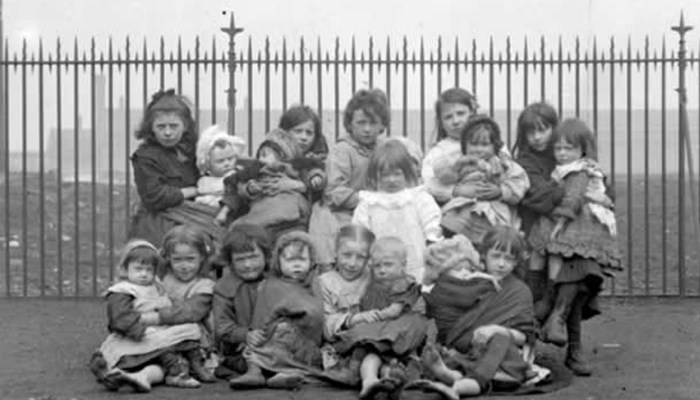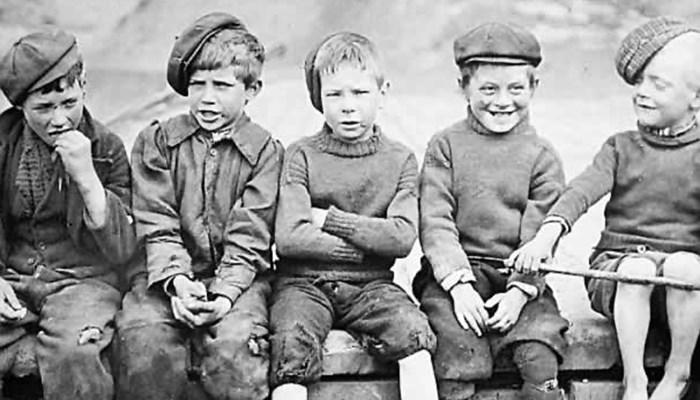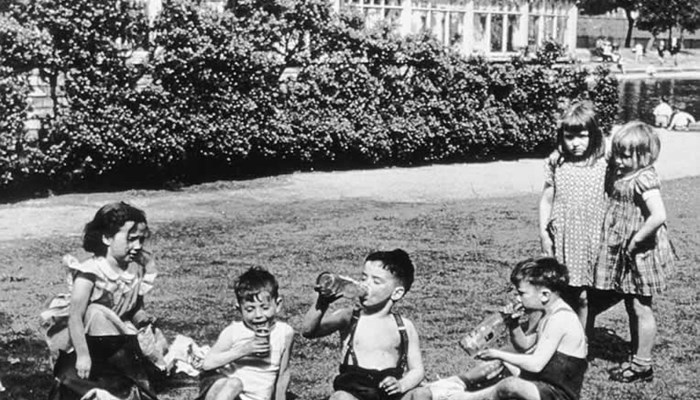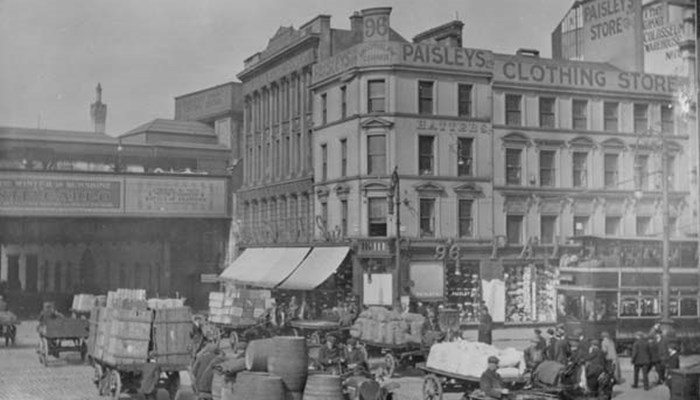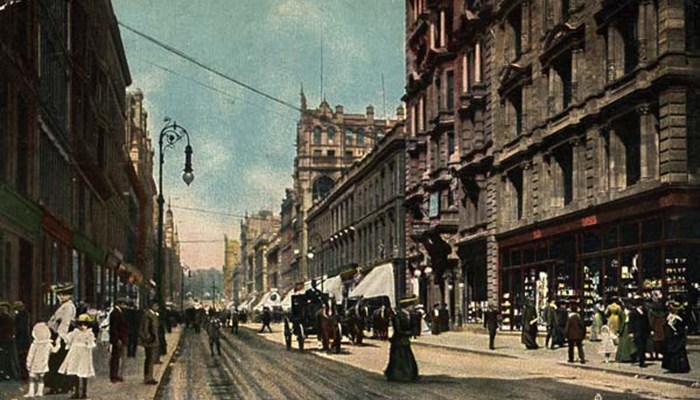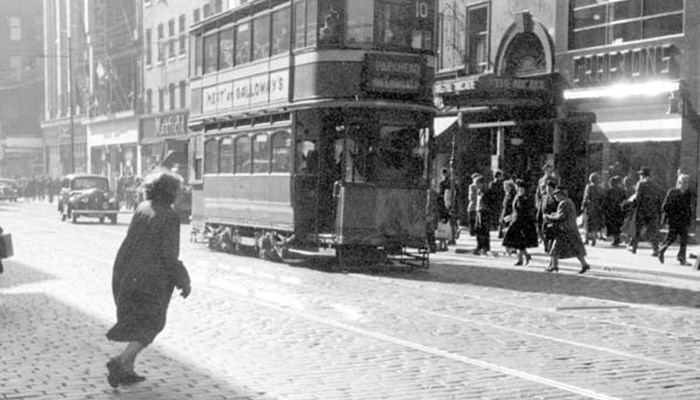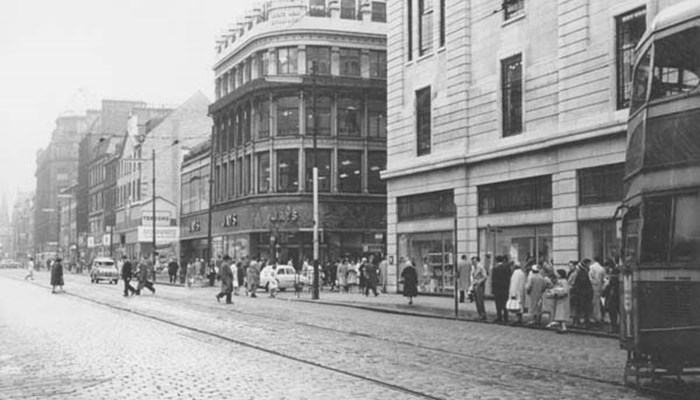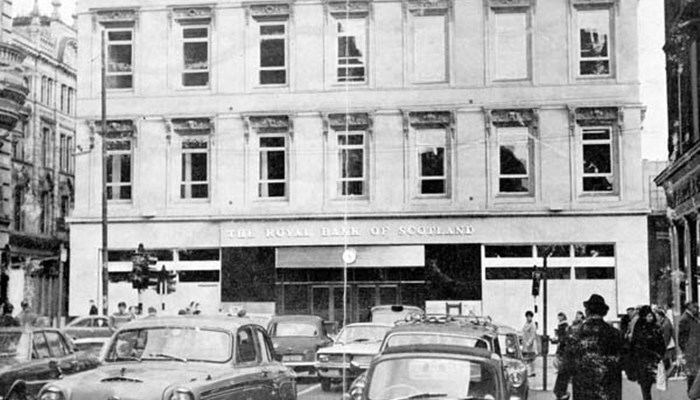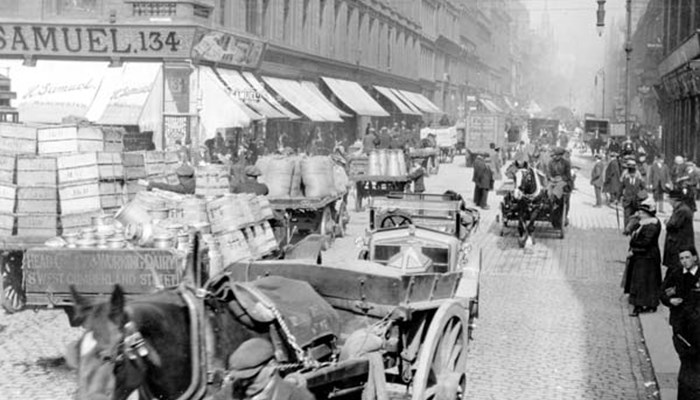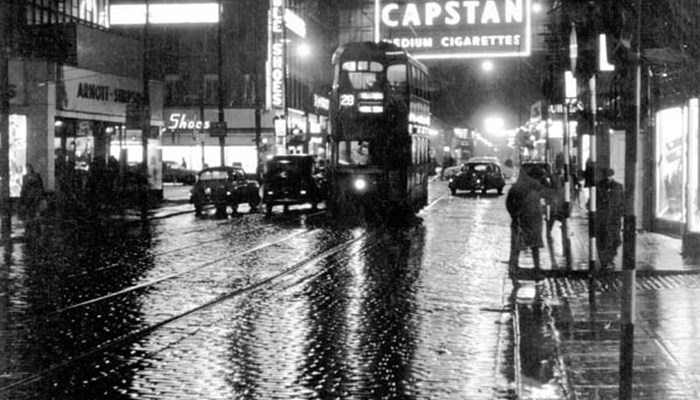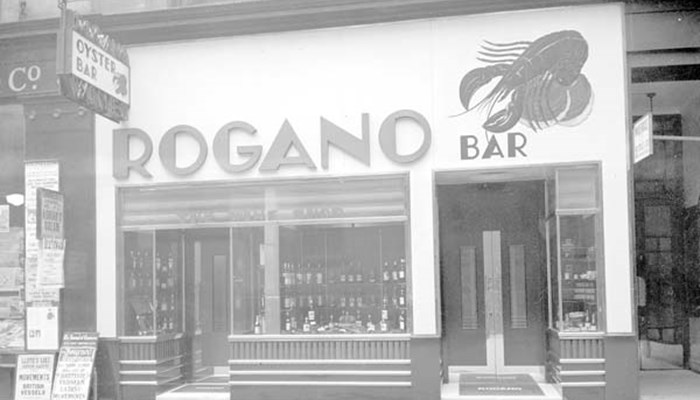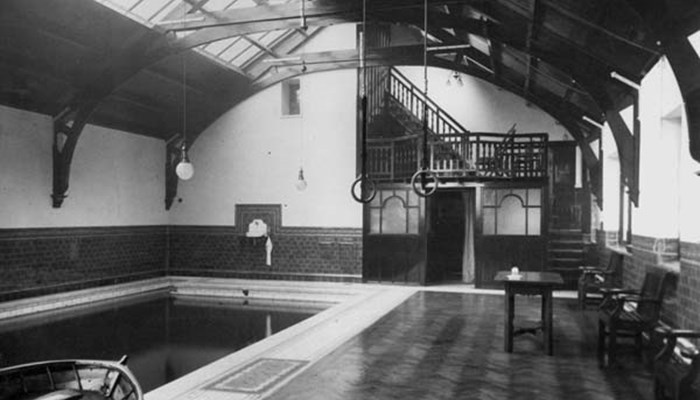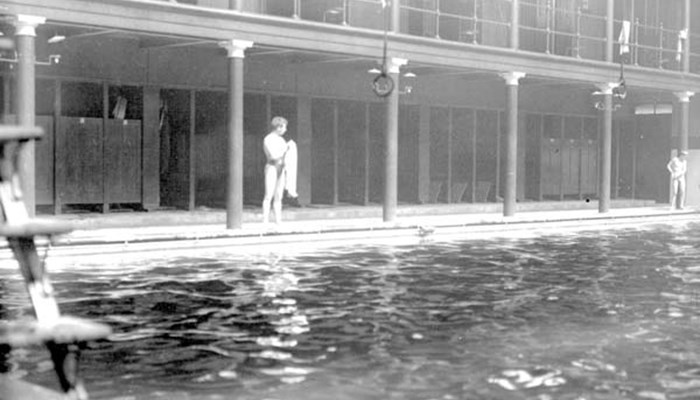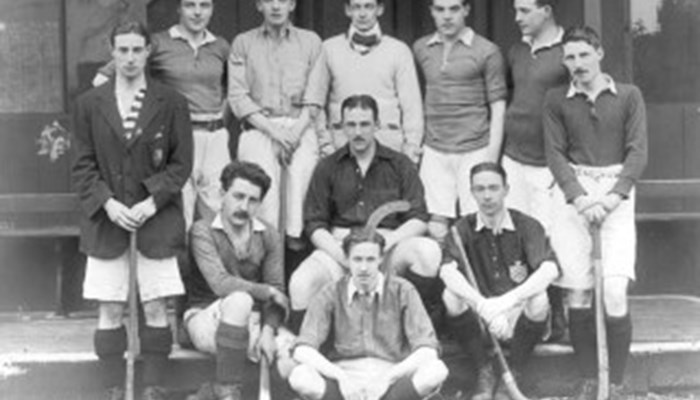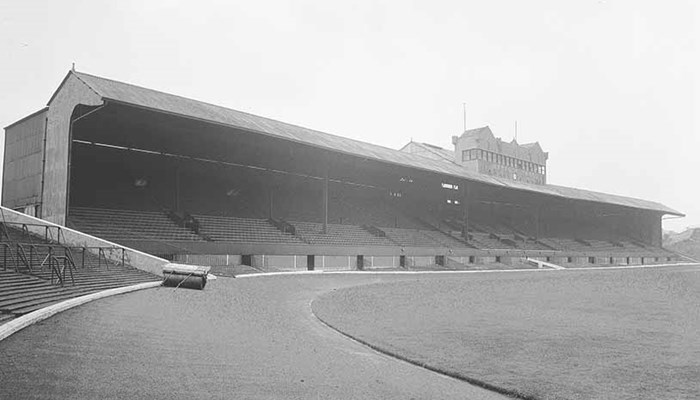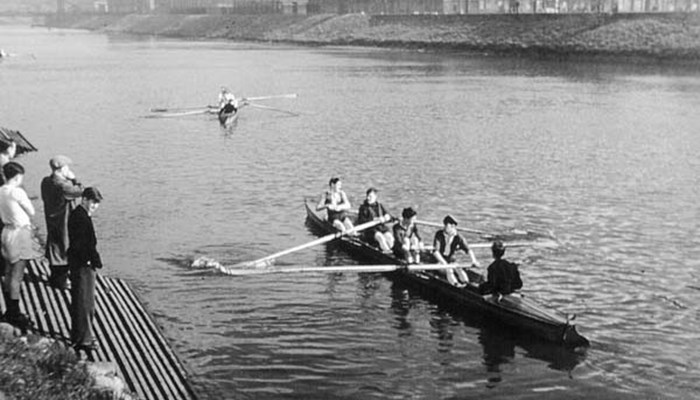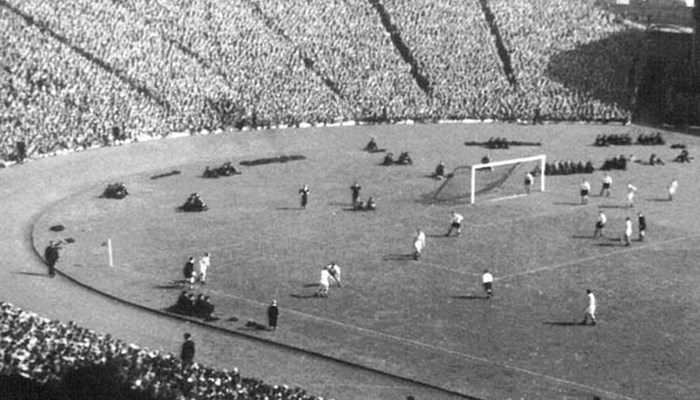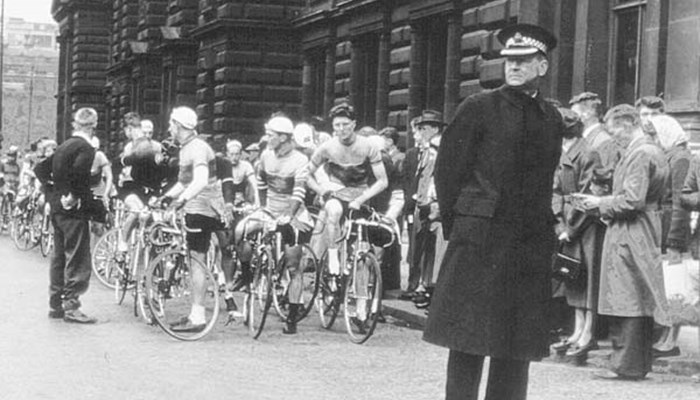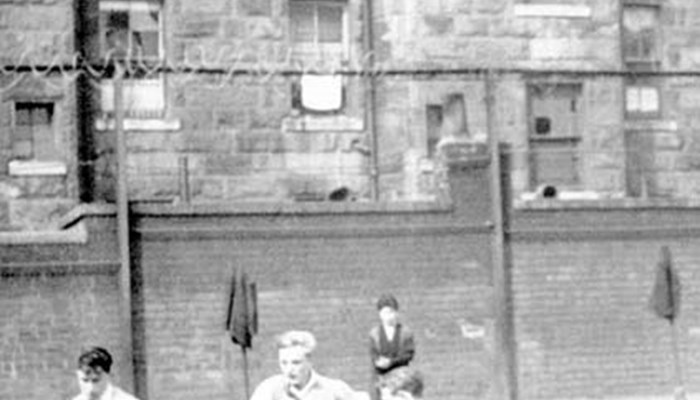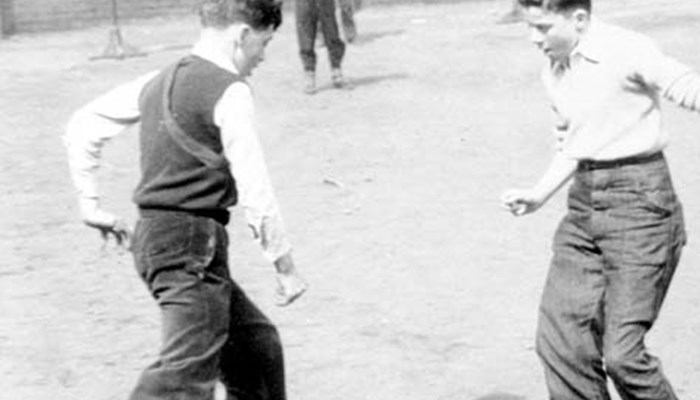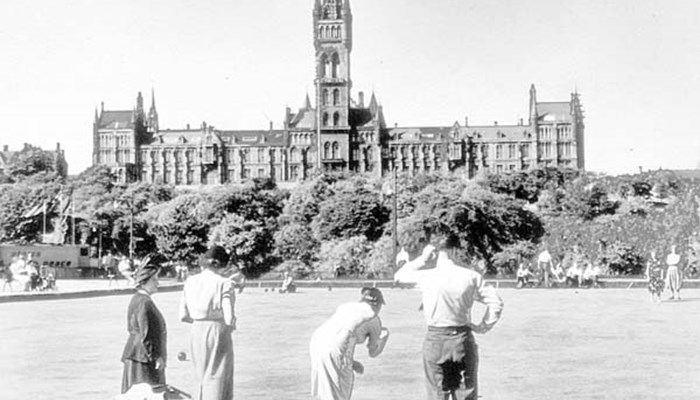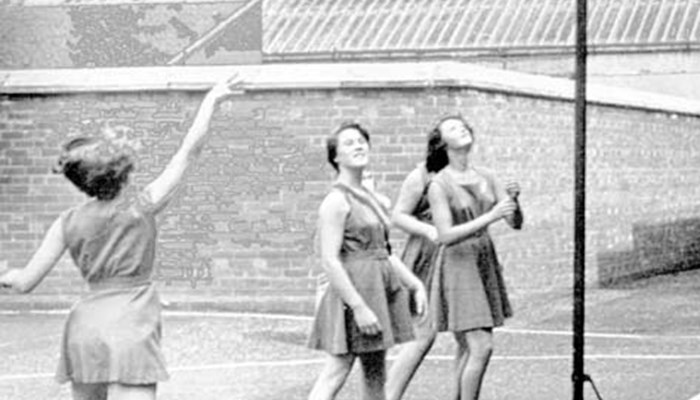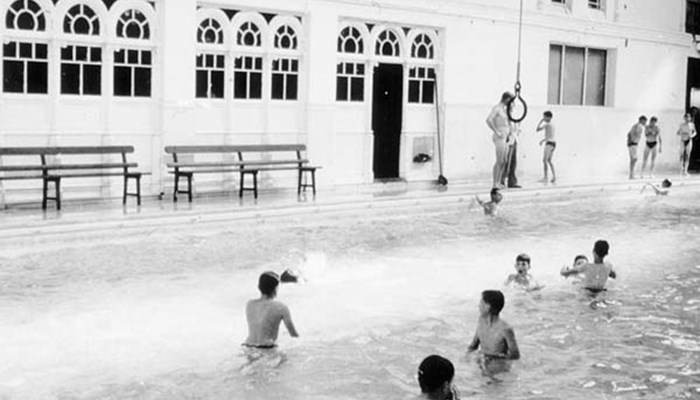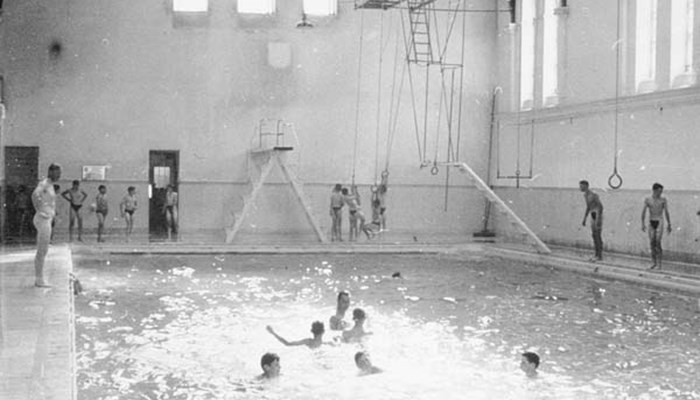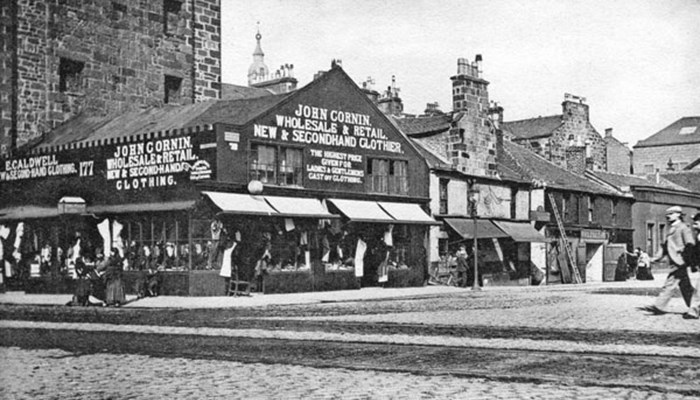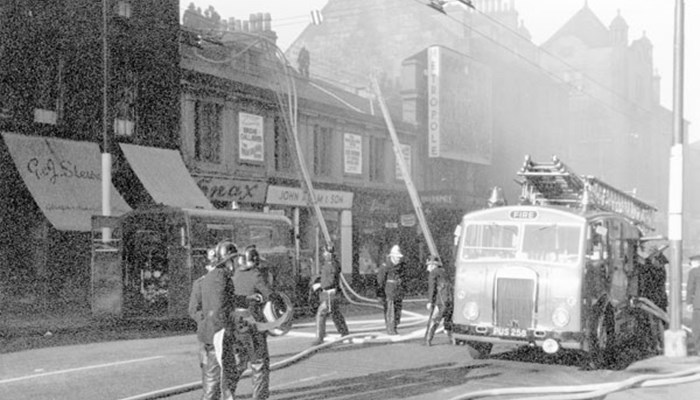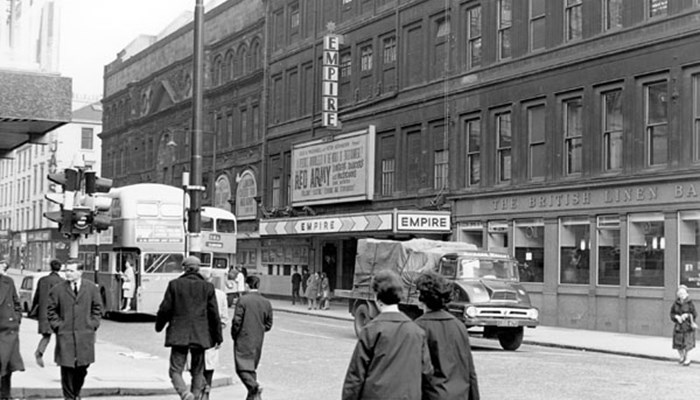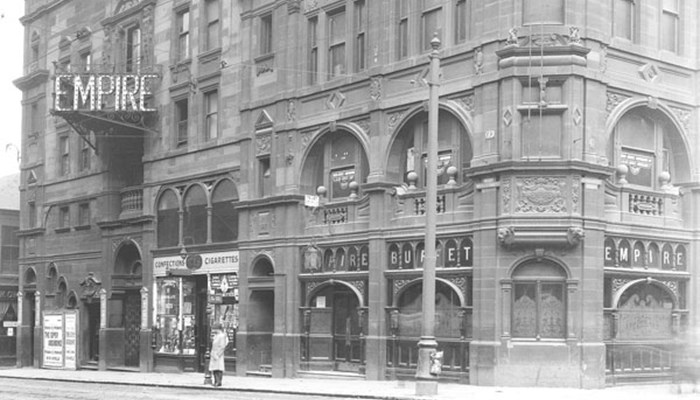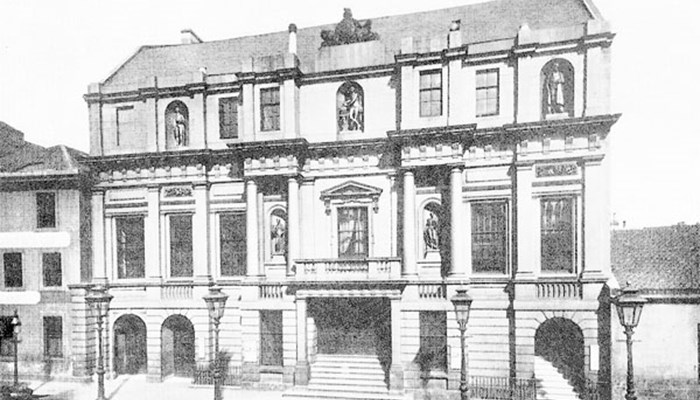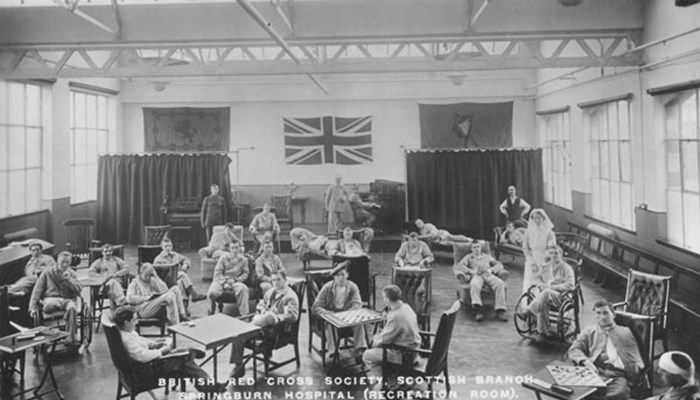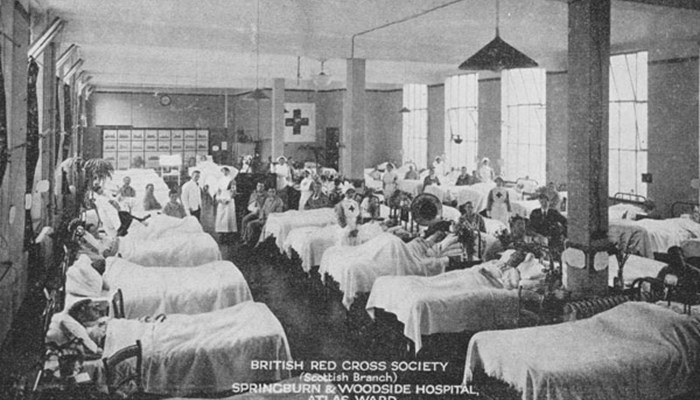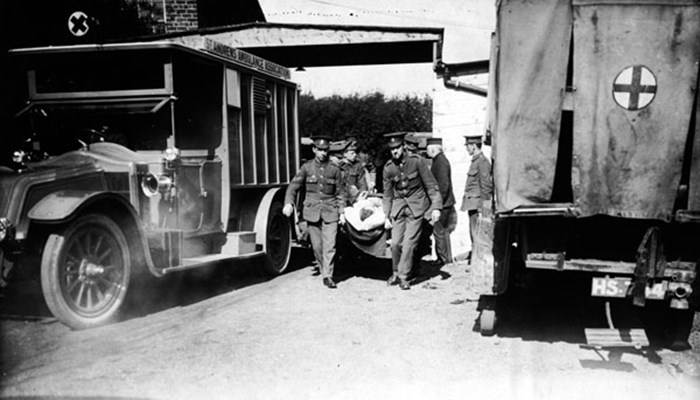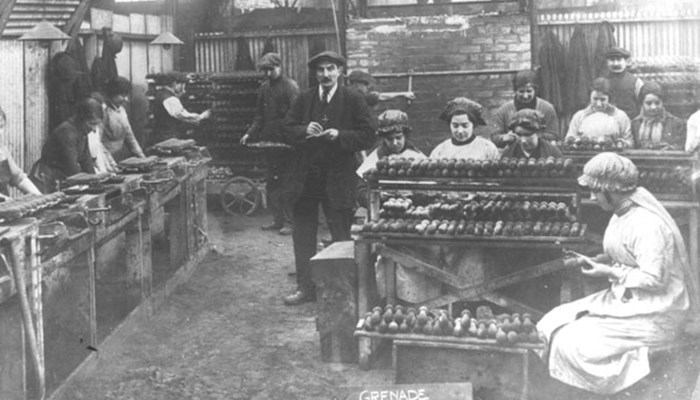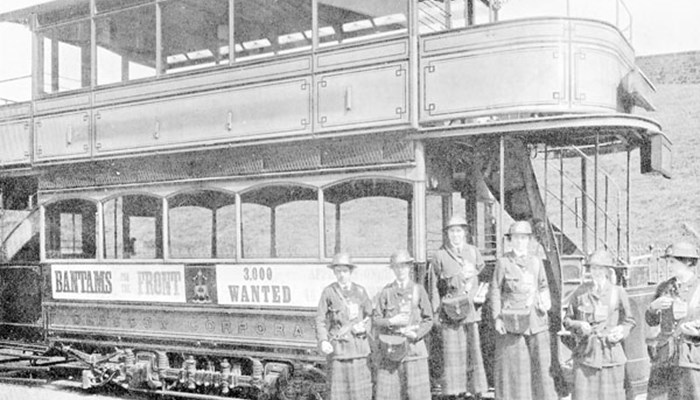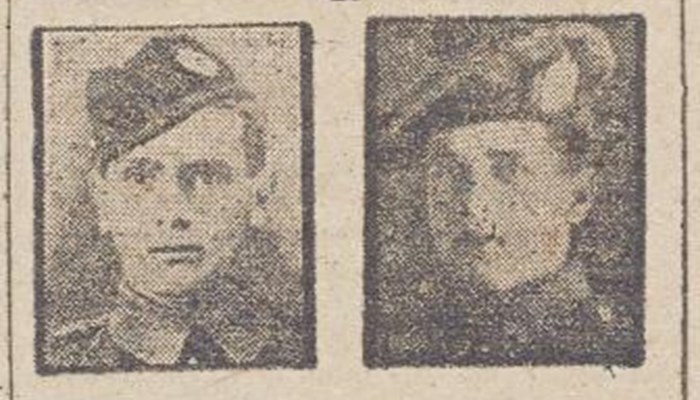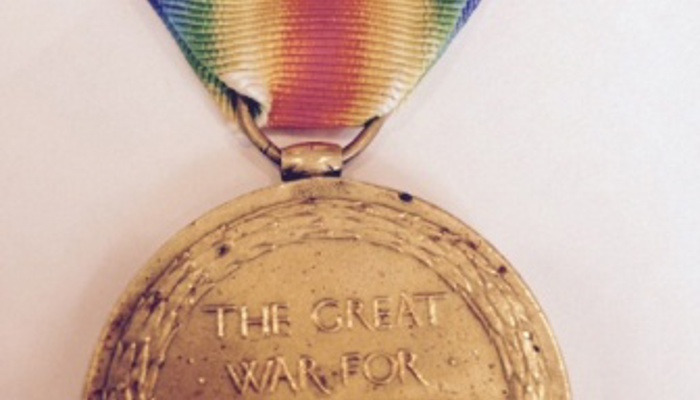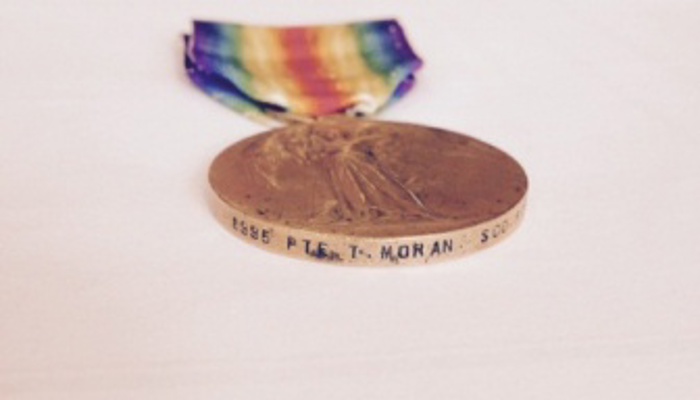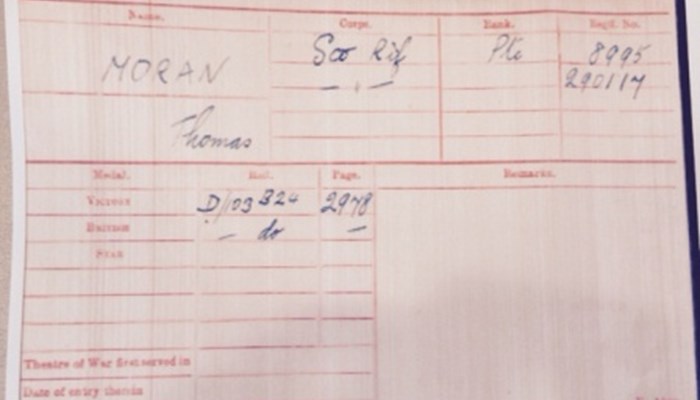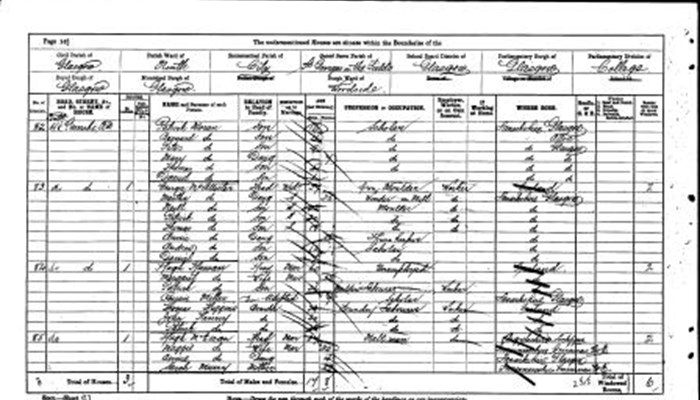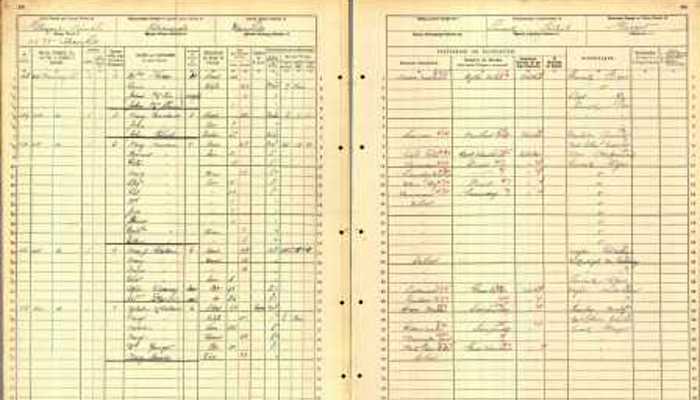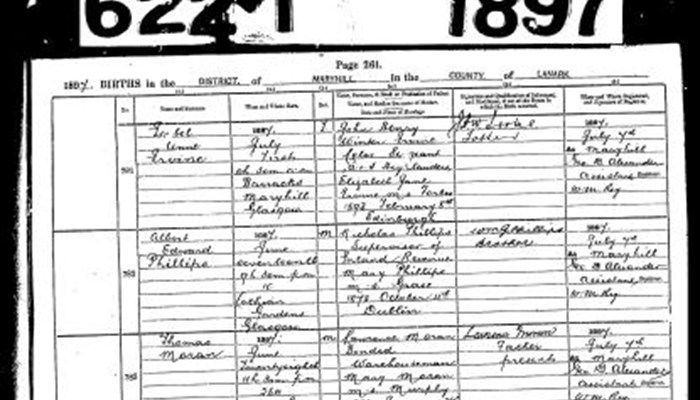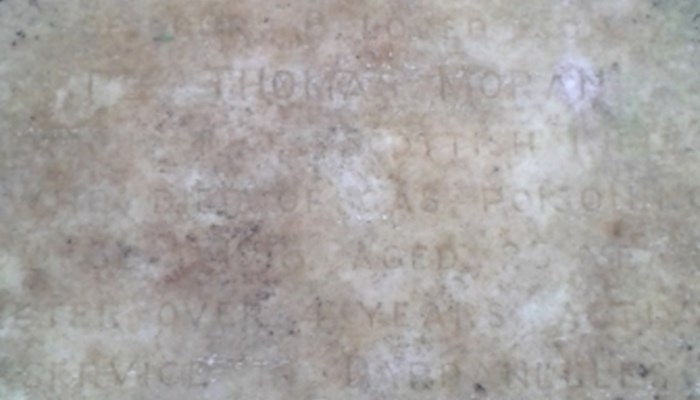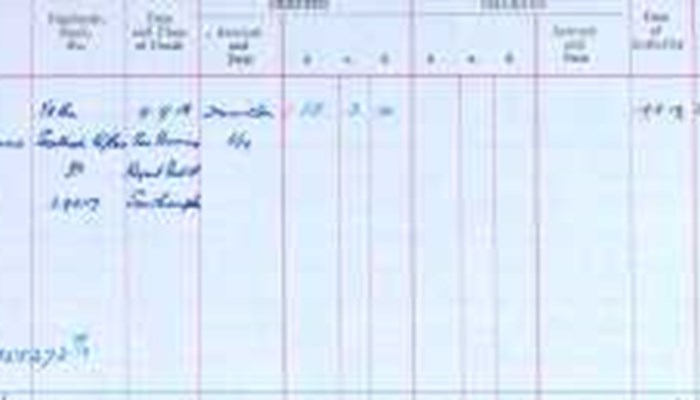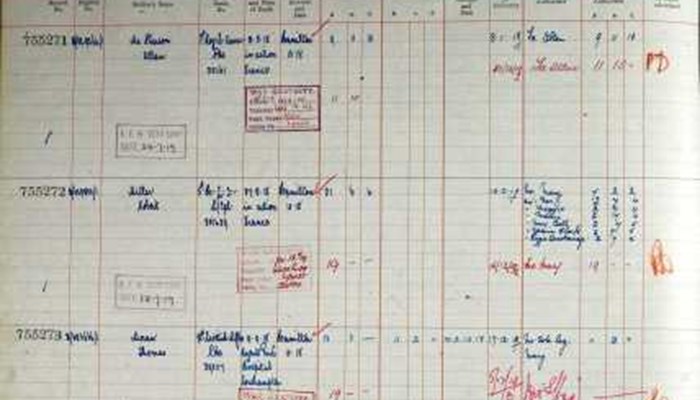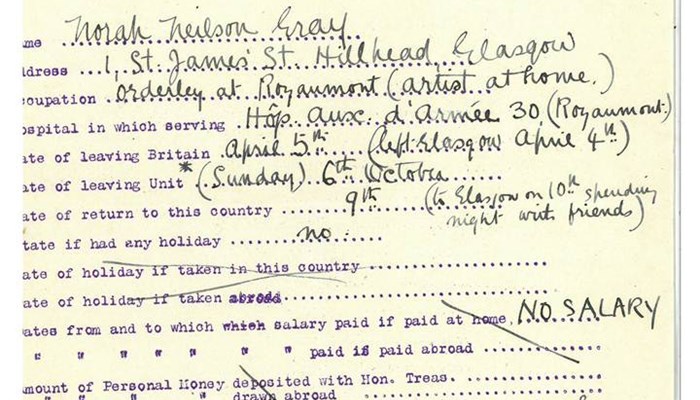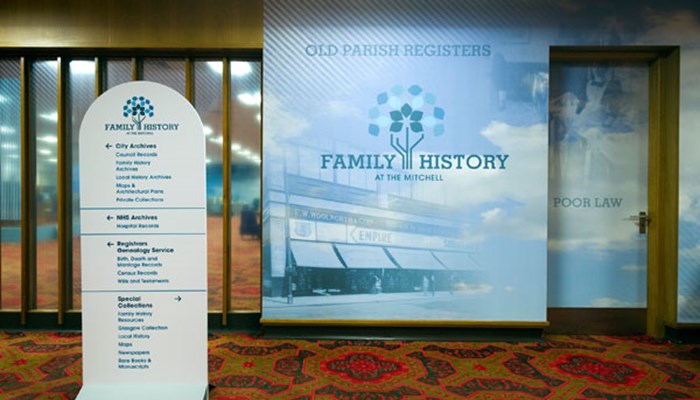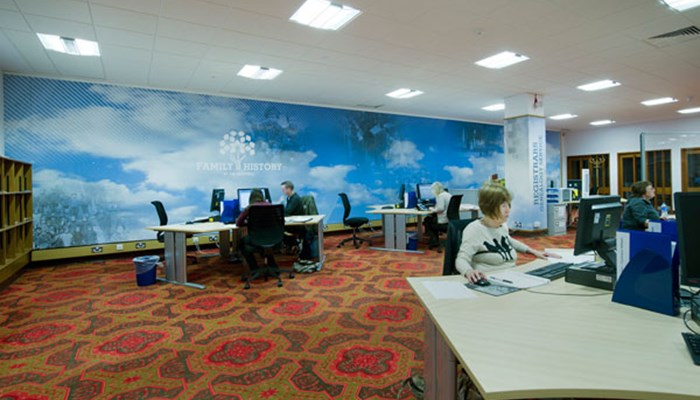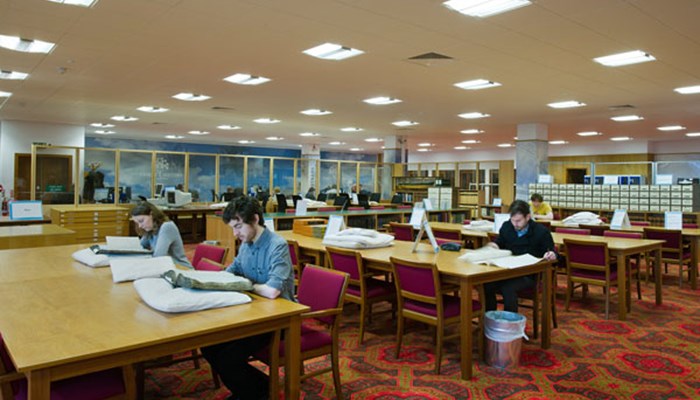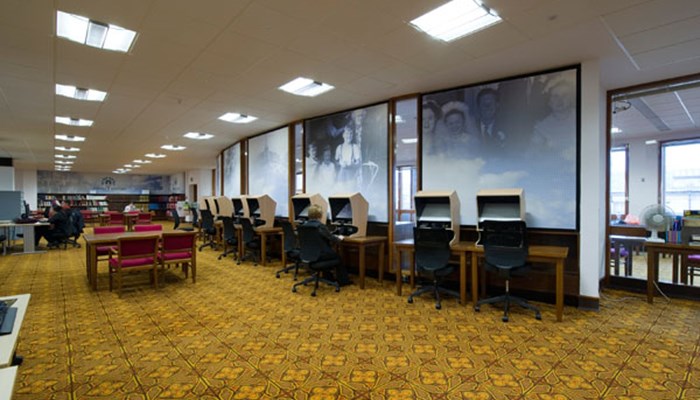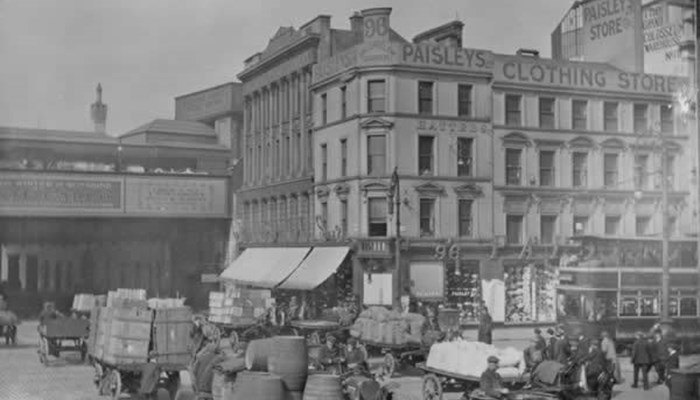
Broomielaw at the corner of Jamaica Street, c1914, and the well-known tailors and outfitters, Paisleys. Founded in the late 1800s, it was popular place to buy school uniforms. It closed in 1979 and the building was demolished in 1993.
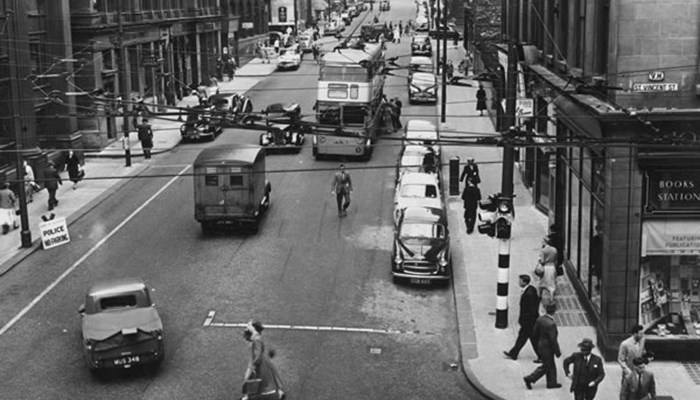
Looking north up West Nile Street from St Vincent Street, 1950s. The 105 trolley bus to Clarkston is visible.
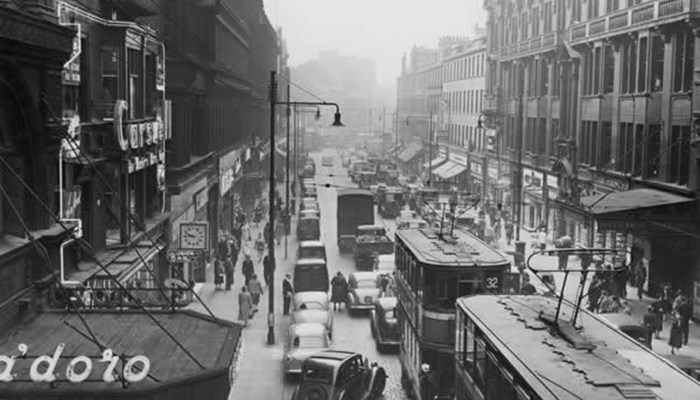
Union Street looking south from Gordon Street. The well-known Ca'D'Oro building and restaurant is just visible on the left.
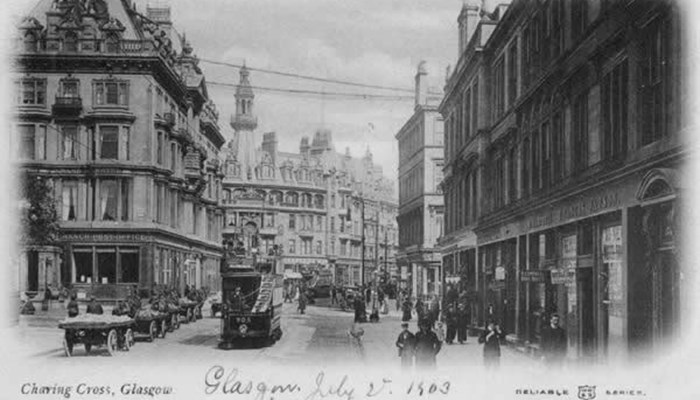
Charing Cross, 1903. Most of the buildings seen in the picture were demolished to make way for the M8. Charing Cross Mansions and the Cameron Memorial Fountain remain.
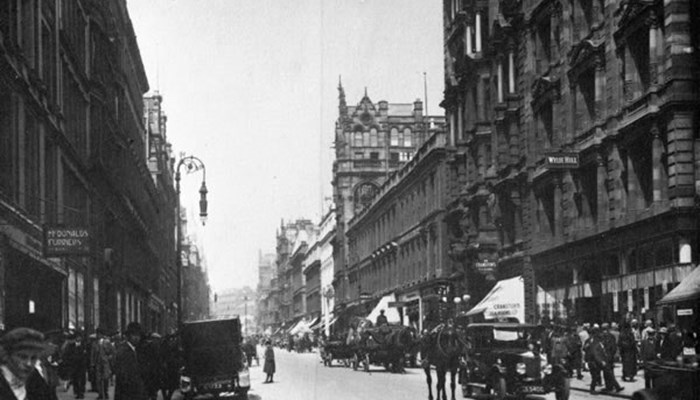
Buchanan Street looking north from Argyle Street. McDonald Furriers is on the left and Wylie Hill and Cranston's Tea Rooms on the right. Picture by Annan, 1926.
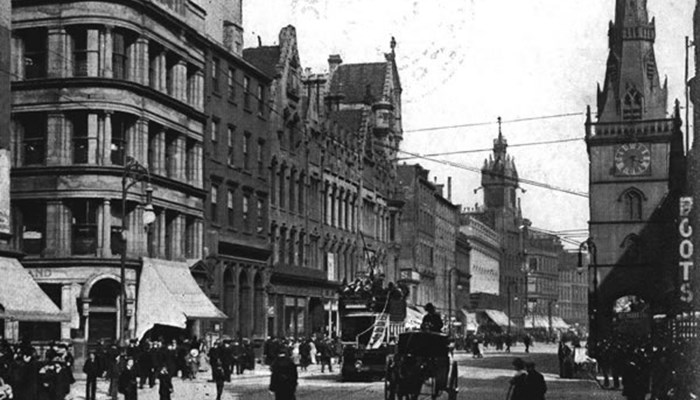
Trongate looking east, c1904. The Tron (originally a church and now a theatre) and the original clocktower from 16th century are on the right.
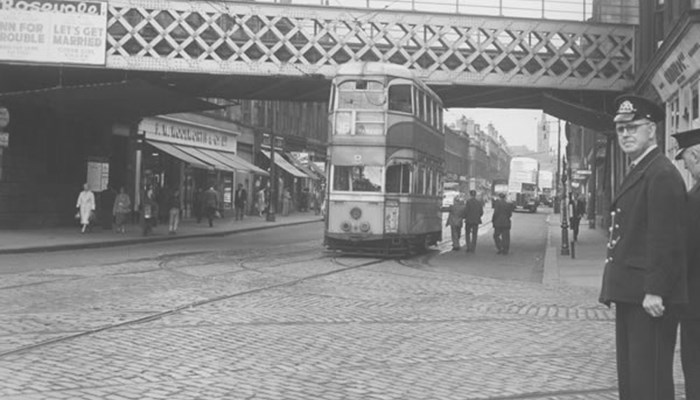
Dumbarton Road at Partick station looking east, 1960.
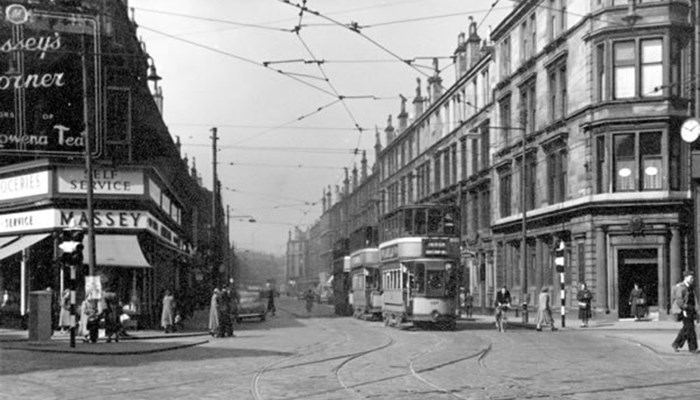
Massey's Corner at St George's Road and Clarendon Place, April 1956. Massey's was one of the first self-service grocery stores in Glasgow.
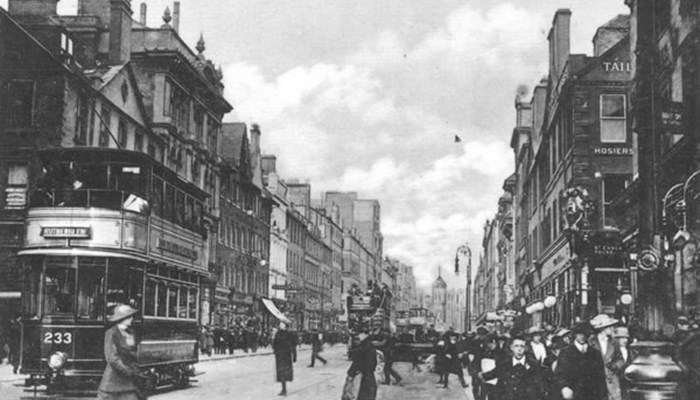
Looking east along Argyle St from St Enoch's Corner, n.d. Robert Scott's diamond and pearl merchants and Rowan & Co., clothiers, can be seen on the left. To the right would have been St Enoch Sq with the train station and the imposing St Enoch Hotel.
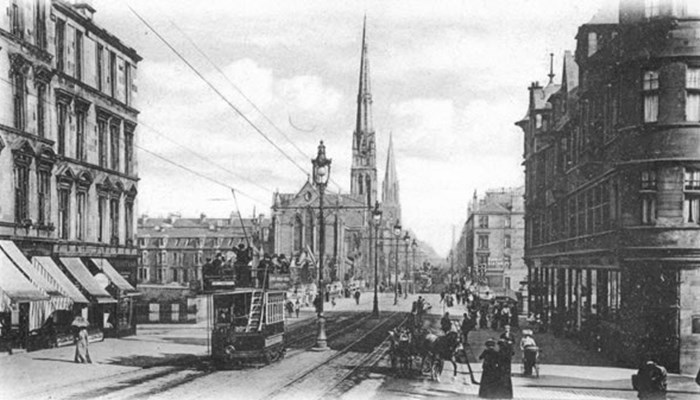
Great Western Road at Kelvin Bridge, c1910, looking east. The spires of St Mary's Cathedral and Landsdowne Parish Church are on the left.
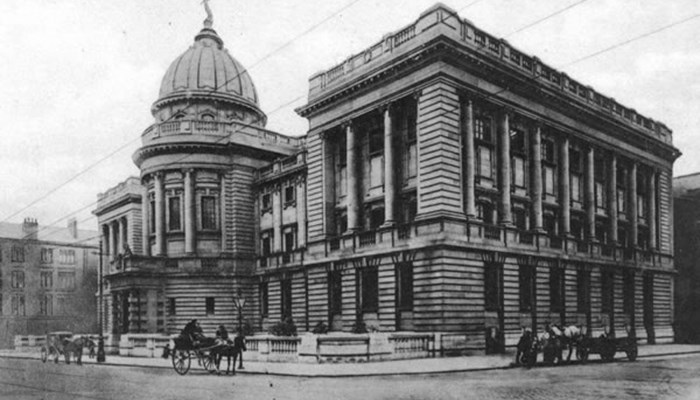
The Mitchell Library from North Street, c1910.
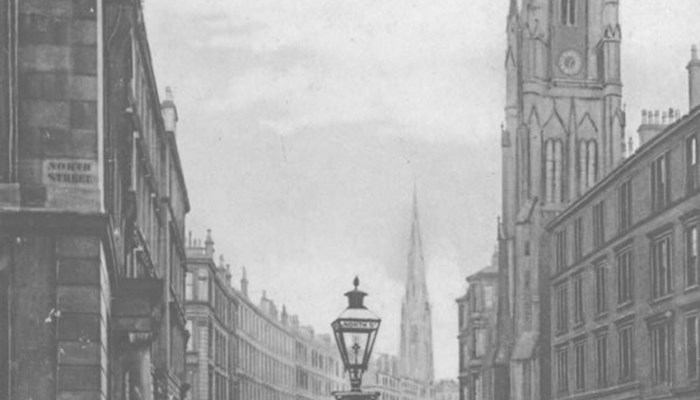
Bath Street from North Street, postmark 1908.
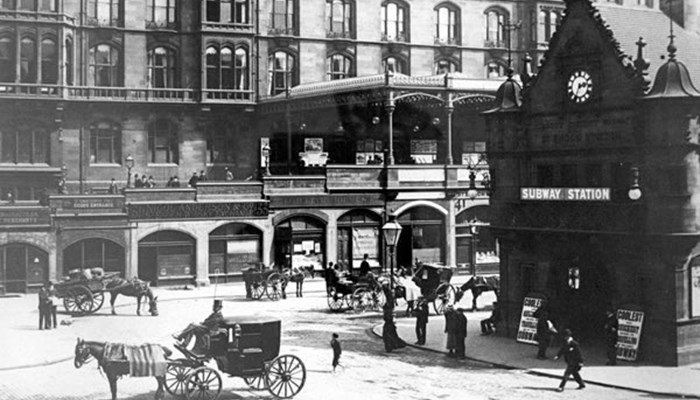
St Enoch Square, c1900, with horse-drawn traffic. Pictured are the imposing St Enoch Station and Hotel (demolished 1977) and the original entrance to the subway which promised to be the 'coolest, quickest, travelling subway'.
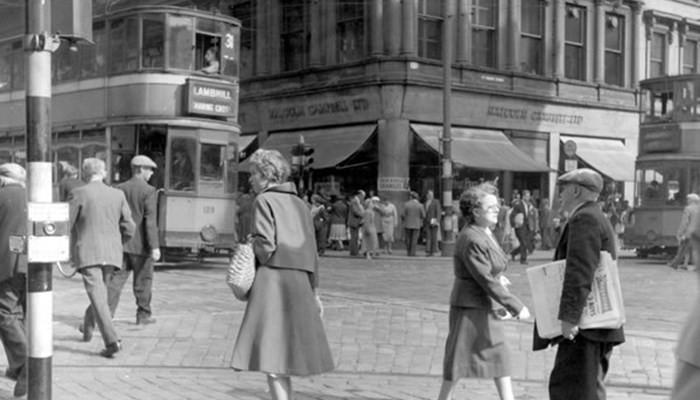
The junction of St Vincent Street and Renfield Street, Sept 1958. Malcolm Campbell Ltd greengrocers can be seen at 104 St Vincent Street.
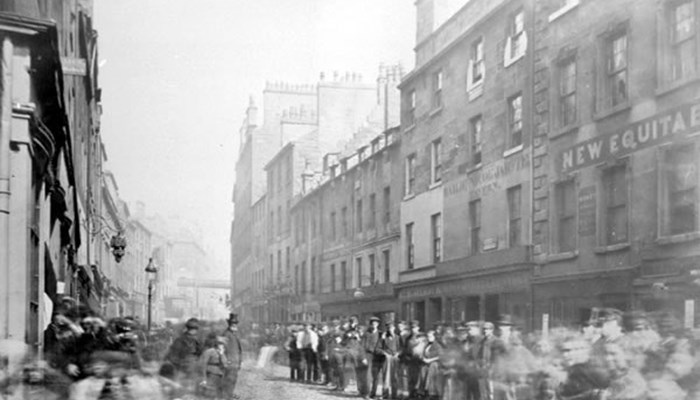
Thomas Annan was commissioned by the City of Glasgow to photograph old streets and closes before they were demolished as part of the Improvements Act of 1866. In this image a large crowd of people has gathered in Saltmarket. 1868.
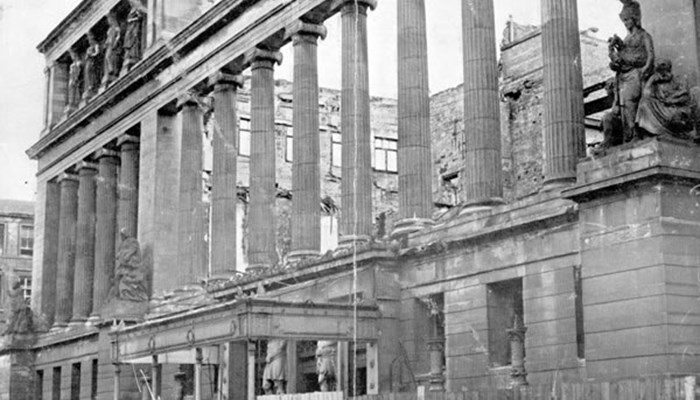
St Andrews Hall, Berkeley St, c1962. These halls were world-renowned for their acoustic but were devastated by fire in late 1962. Only the frontage survived and now forms part of The Mitchell.
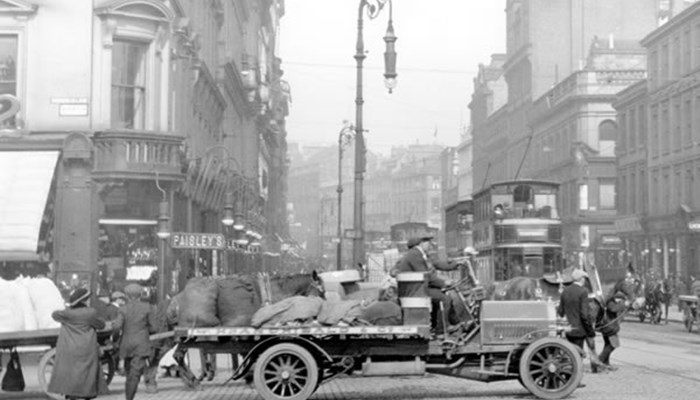
Looking north up Jamaica Street from Glasgow Bridge. Paisley's, outfitters and tailors, is on the left.
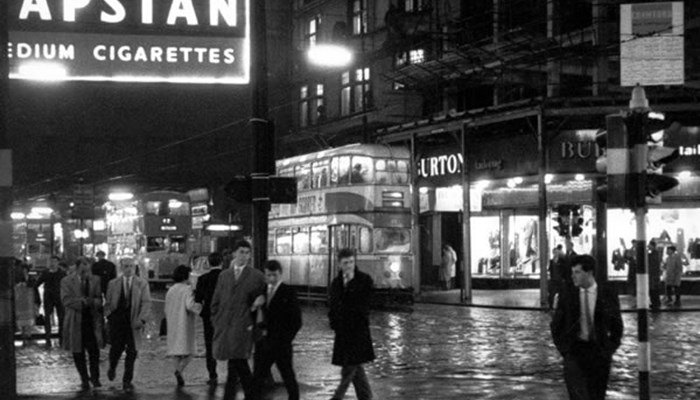
Looking north up Union Street from the corner of Argyle Street and Jamaica Street, c1962.
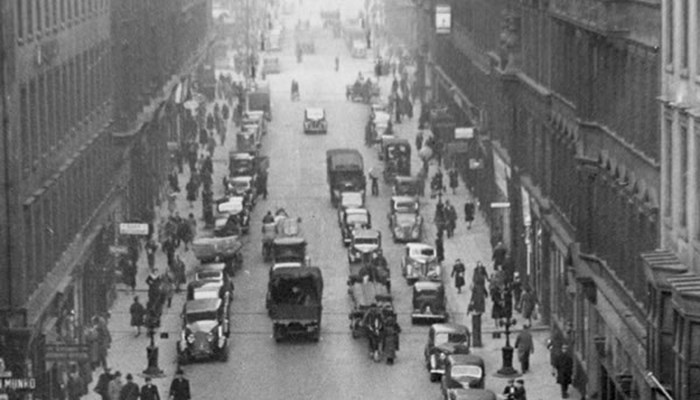
Queen Street looking north from Argyle Street. c1946. Only the tall building on the left remains.
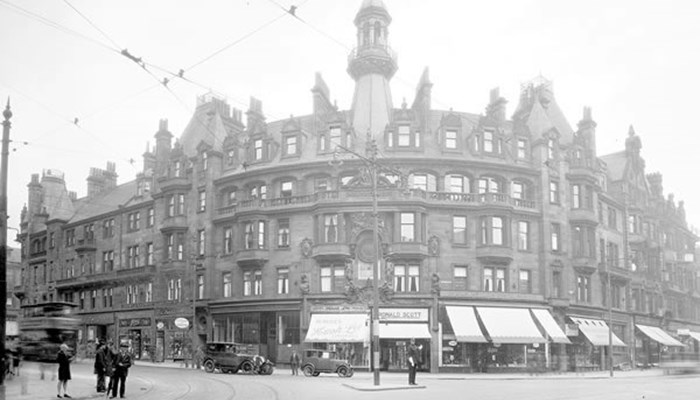
Charing Cross Mansions, n.d. Still considered one of Glasgow's finest red sandstone tenement buildings, they were deisgned by JJ Burnet and completed in 1891.
